Professor Geoffrey Ozin discusses what he believes may be the largest challenge of the century—the development of an artificial photosynthetic machine.


Professor Geoffrey Ozin discusses what he believes may be the largest challenge of the century—the development of an artificial photosynthetic machine.
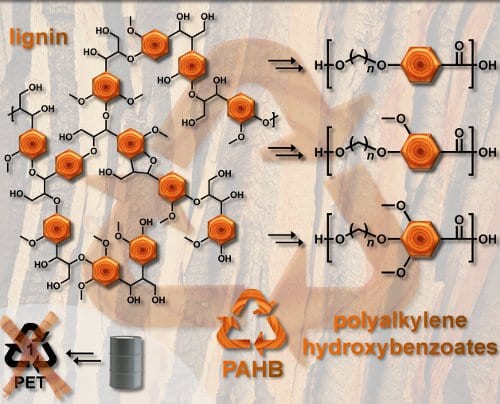
University of Florida researchers report PAHBs derived from lignin, a by-product of the paper pulping and cellulosic bio-ethanol industries
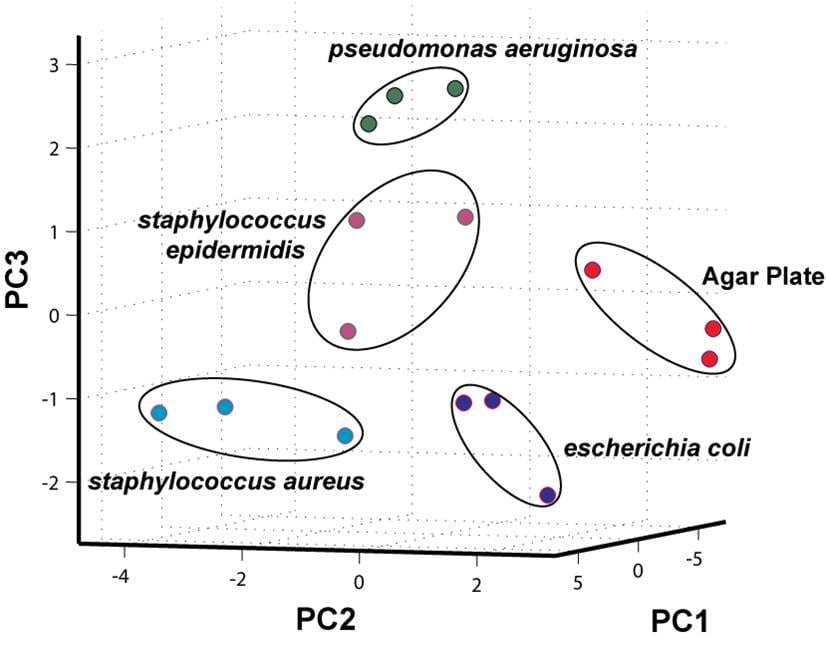
So what is next for nanochemical and biochemical sensor research? Shouldn’t we be trying to find the next glass pH electrode, rather than trying to squeeze that extra fraction of a percent out of our tried and tested materials?
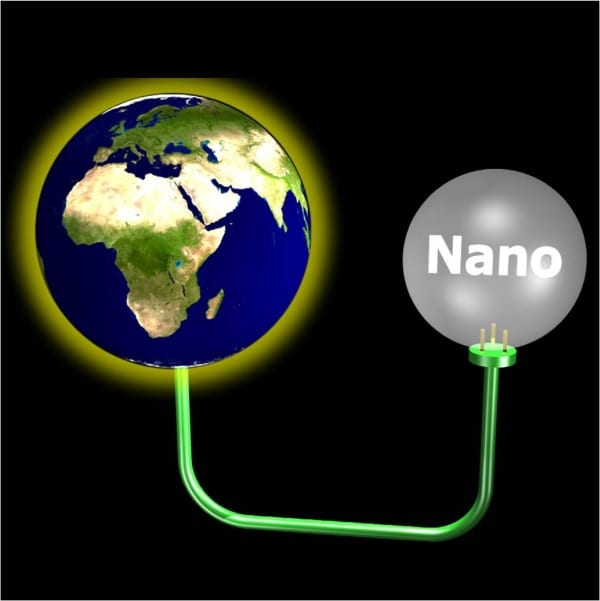
How can nanomaterials make a difference in the grand challenge: efficient and green global scale production, storage and use of energy? Professor Geoffrey Ozin from the University of Toronto gives his response to this question.
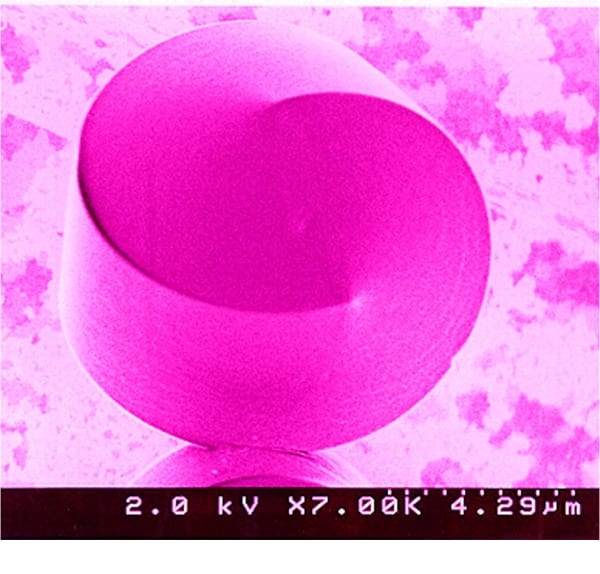
Professor Geoffrey Ozin from the University of Toronto discusses the endless possibilities of biomimicry and biotemplating.
Metal-organic frameworks surpass feasible nanoparticle powders in surface area and come close to the ultimate adsorption limit for solids.
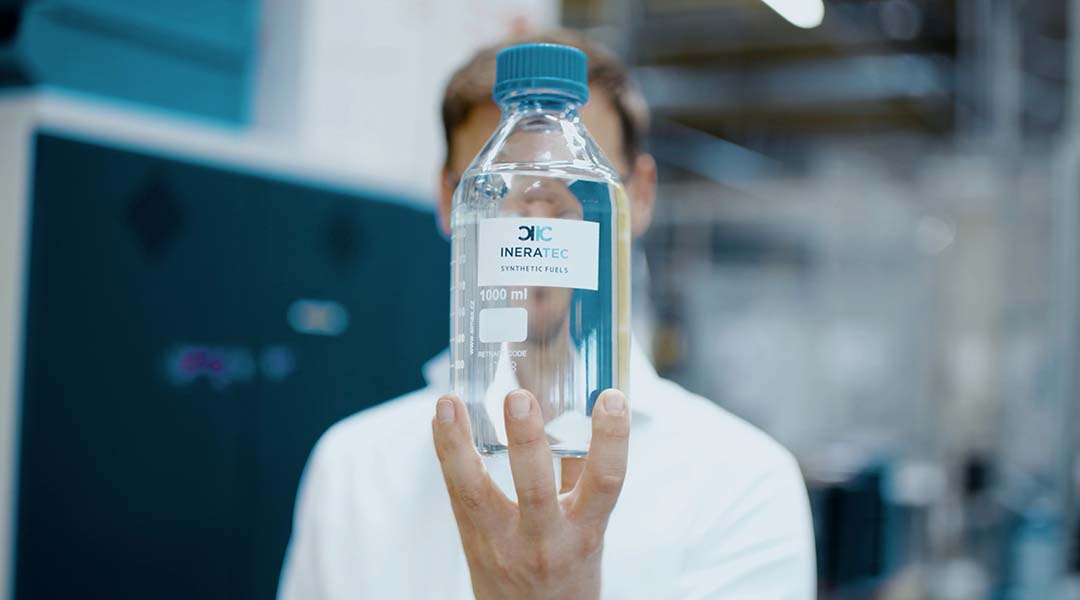
A German start-up has developed a method to convert captured carbon and hydrogen into a range of sustainable fuels.

Miniature plasma reactors mimic how lightening makes renewable nitrogen fertilizer using just sunlight, water, and air.

A low temperature water-splitting protocol uses microwave power in lieu of concentrated solar energy.

Replacing highly toxic phosgene with diphenyl carbonate in polypeptide synthesis.